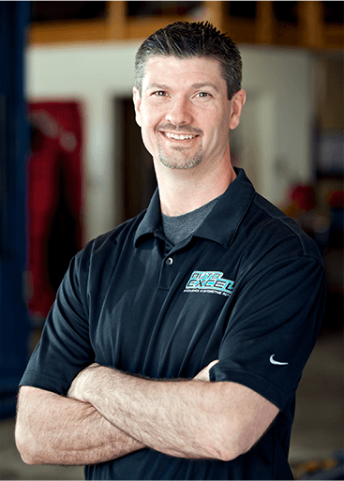
While driving along the road, you may find yourself battling with the steering wheel as your vehicle appears to want to drift to the right or left without warning. Is this anything you have experienced before? If you are having troubles like that, it may be time for an alignment. When you have your vehicle’s alignment checked, you are guaranteeing a safer and smoother ride while also extending the life of your tires. In addition of having your wheels aligned, it ensures excellent drivability while burning less energy (fuel savings).
If your car has four wheels (which is most usually the case), you must alter the alignment of all four, correct? No, it is not always the case. Your car may require a front-end alignment. So, what is the difference between a front-end alignment and a 4-wheel alignment? There is not much difference between the two that may surprise you. Let us get right into it.
Front-end alignment
A front-end alignment is also referred to as a 2-wheel alignment. As the name implies, the mechanic will only perform wheel alignment on the vehicle’s front wheels. Generally speaking, it may incorporate toe, camber, and caster adjustments, among other features. Some vehicles are equipped with a solid rear axle that never needs to be adjusted.
In addition to doing a front-end alignment, the technician may be required to execute what is known as a “thrust angle adjustment.” In general, it is a method that allows the technician to assess whether or not each of the four wheels is “square” with the other three wheels.
4-wheel alignment
In most cases, if your vehicle is an all-wheel-drive type with separate suspensions, it will require a 4-wheel alignment to function correctly. As you could expect, this 4-wheel alignment procedure typically entails the adjustment of all four wheels at the same time. A caster and a front toe adjustment are included in the service. The rear wheels will have their camber and toe adjusted, as will the front wheels.
It is critical to understand when you want wheel alignment services.
You don’t need to know or understand the specific differences between the two types of wheel alignment services. If you notice any indicators of wheel misalignment (for example, the vehicle is dragging to one side). In that case, your car may require professional assistance. The mechanic will determine if a front-end or four-wheel alignment is necessary.
Bring your vehicle to Auto Excel if you notice that the steering is a little shaky. To check for alignment, our professionals employ the most up-to-date equipment. Allowing the situation to persist may result in excessive and premature tire wear. Auto Excel is capable of performing both front-end and 4-wheel alignment services on vehicles of any make or model, of any year. You may contact us with any questions by phone or fill out the contact form to schedule an appointment.

